Botanical Studies Series Shows Beauty of ‘Spiky, Round, and Edgy Things’
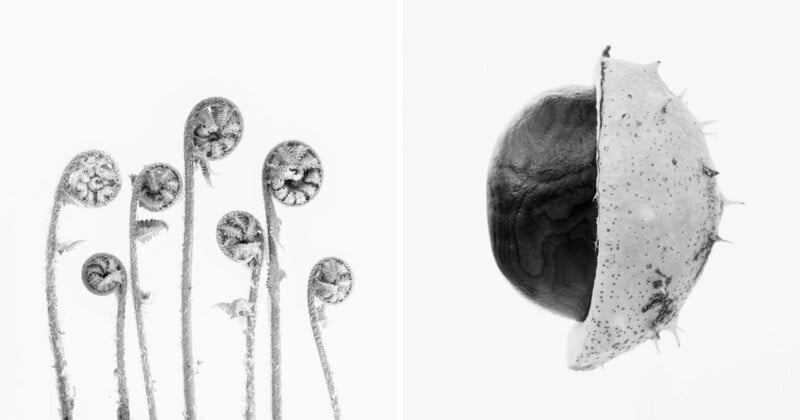
Photographer Matthias Conrad focuses on landscape, architectural, and commercial photography, although an ongoing series, Botanical Studies, bucks the trend a bit and delivers beautiful minimalist black-and-white photographs of a diverse range of flora.
Conrad spoke with PetaPixel, explaining the motivation behind his Botanical Studies series and how he has developed a new style in the personal project.
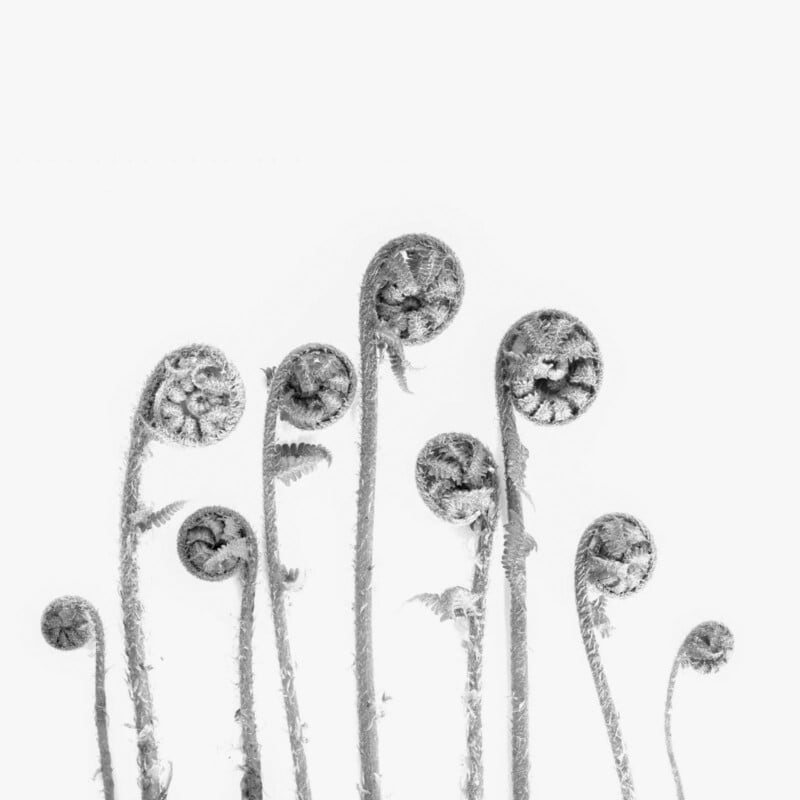
Inspired by Ernst Haeckel and Karl Blossfeldt
Conrad’s series owes spiritual inspiration to a pair of big names in German history, scientist and naturalist Ernst Haeckel and photographer and sculptor Karl Blossfeldt.
Considering first Haeckel, who is well-known for his detailed scientific drawings, including incredible, colorful illustrations of various animals and sea creatures in his book, Kunstformen der Natur, which translates to “Art Forms of Nature.” For many PetaPixel readers, some of Haeckel’s illustrations may prove familiar.
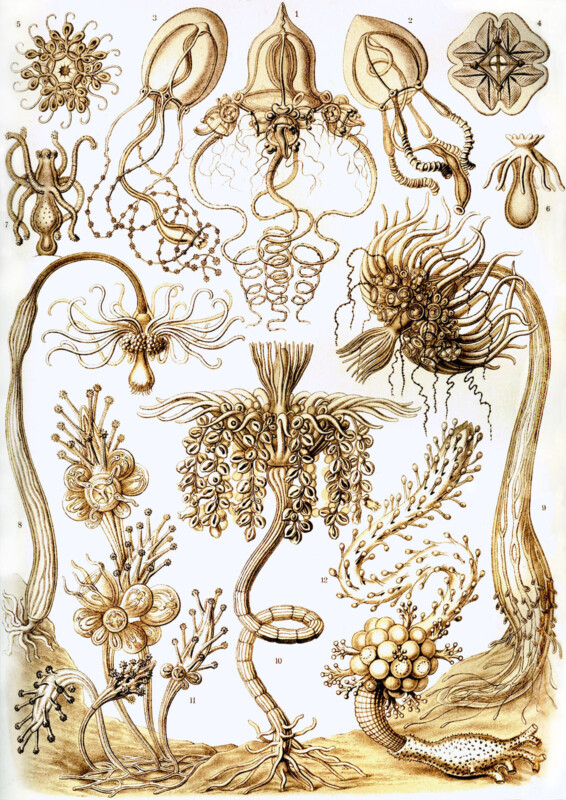
As for Karl Blossfeldt, he is perhaps best known for his up-close photographs of plants and other living things. Blossfeldt captured many photos for educational and scientific purposes, and it wasn’t until he was in his 60s, in the early 20th century, that his photographs attracted attention for their artistic value.
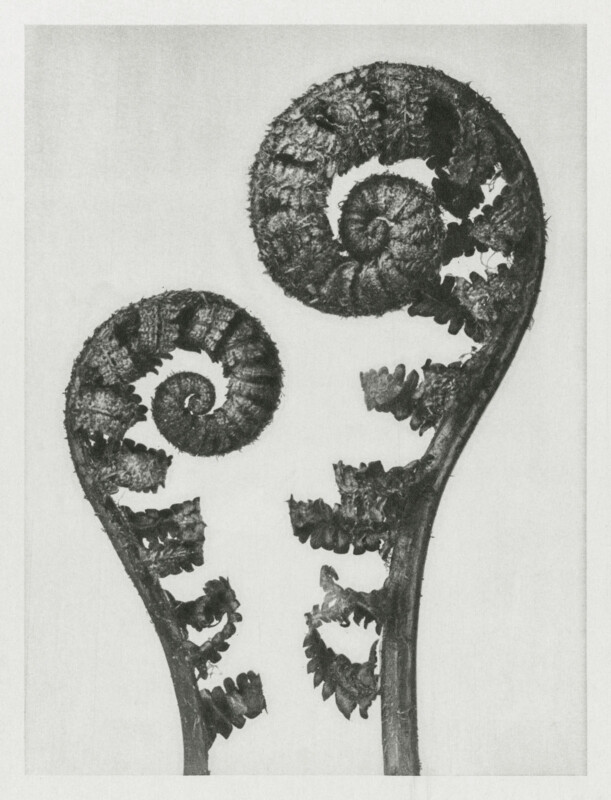
Before Blossfeldt died at age 67, he had published a couple of successful books in Germany. Blossfeldt’s sharp close-up photographs were in stark contrast to his contemporaries, many of whom were capturing purposefully blurry images.
Interestingly, it wasn’t until over a year into his project that Conrad found Blossfeldt’s photographs. Despite immediate similarities to Blossfeldt’s artistic and technical approach, early similarities were coincidental. Of course, having seen Blossfeldt’s work while Botanical Studies was in progress, later inspiration is hard to ignore. One can’t unring a bell, so to speak.
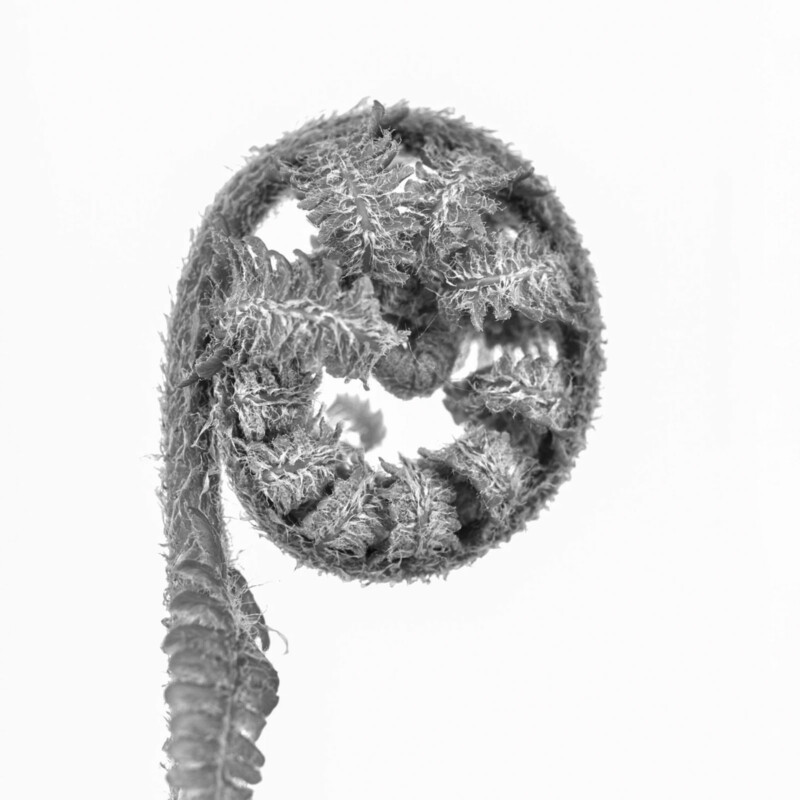
That said, there are notable differences between Conrad’s compositional style and Blossfeldt’s work.
“About one and a half years after I started my project, I discovered Karl Blossfeldt’s photographs from the early 1920s and I was blown away by his work! His very methodical and scientific way of capturing details with the equipment he had in his time is just amazing. Even if I love his work, I decided to give my motifs more room and created a certain amount of negative space around them,” Conrad tells PetaPixel.

“My main goal was to show little details and shapes. I had something with a clear white background in mind with the motif almost mimicking a pencil sketch. Over time I moved away from that white background to a more grayish tone because I found, it gives more back to the subjects,” Conrad continues.
While rooted in the work of others around a century ago, Conrad has given his series a decidedly unique look.
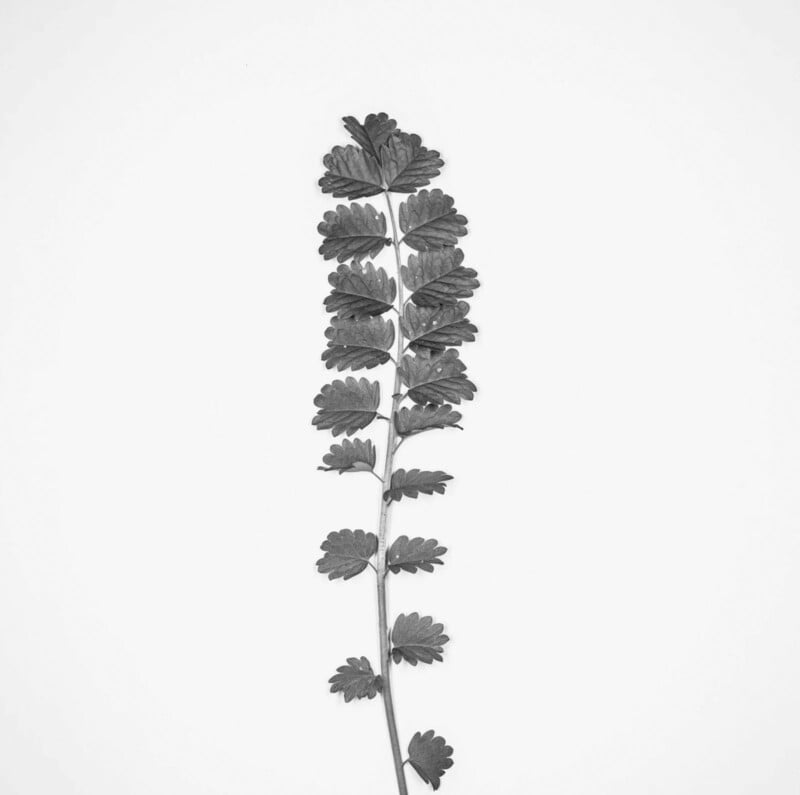
Subject Selection: ‘Spiky Things, Round Things, Edgy Things’
Conrad’s Botanical Studies gallery, which like its subjects, is prone to grow more over time, is diverse. As Conrad describes to PetaPixel, there are “spiky things, round things, and edgy things.” Subject selection is a vital part of any photography project and can be challenging.
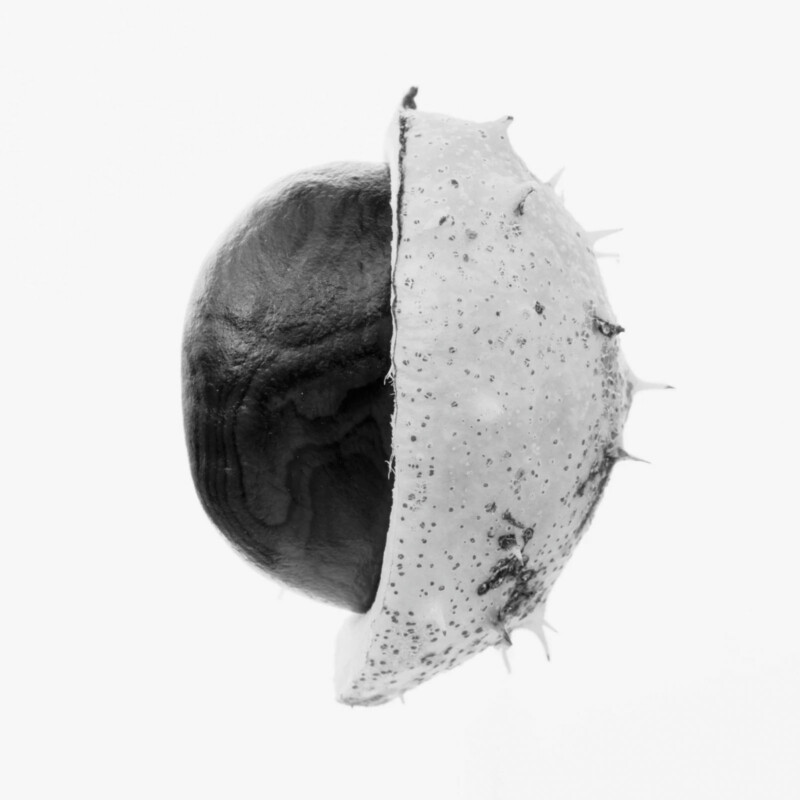
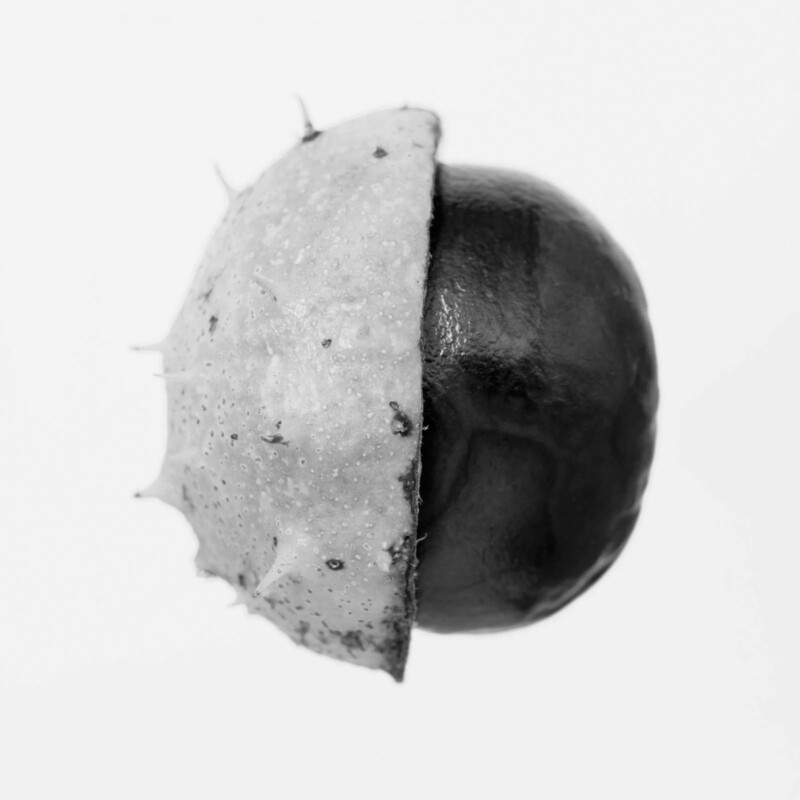
“As I started the project, I went solely for their visual splendor and how photogenic they were. I even sneaked some ‘models’ out of a botanical garden. Later I included more and more flora local to my home region or from the places I visit a lot but their aesthetics play a significant role too. Sometimes you photograph from all sorts of angles and sides until you find their best side,” Conrad explains.
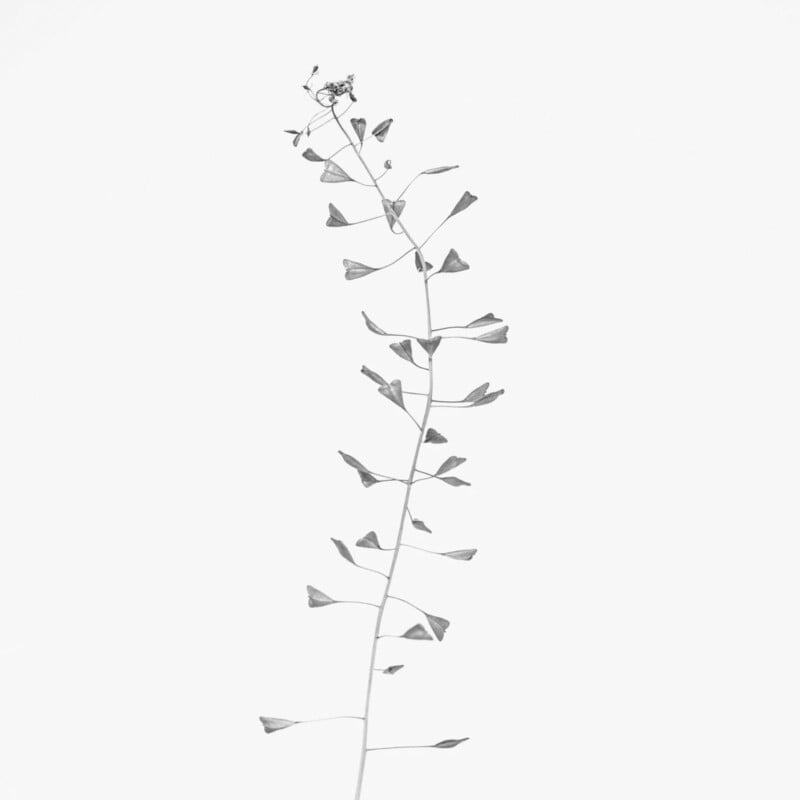
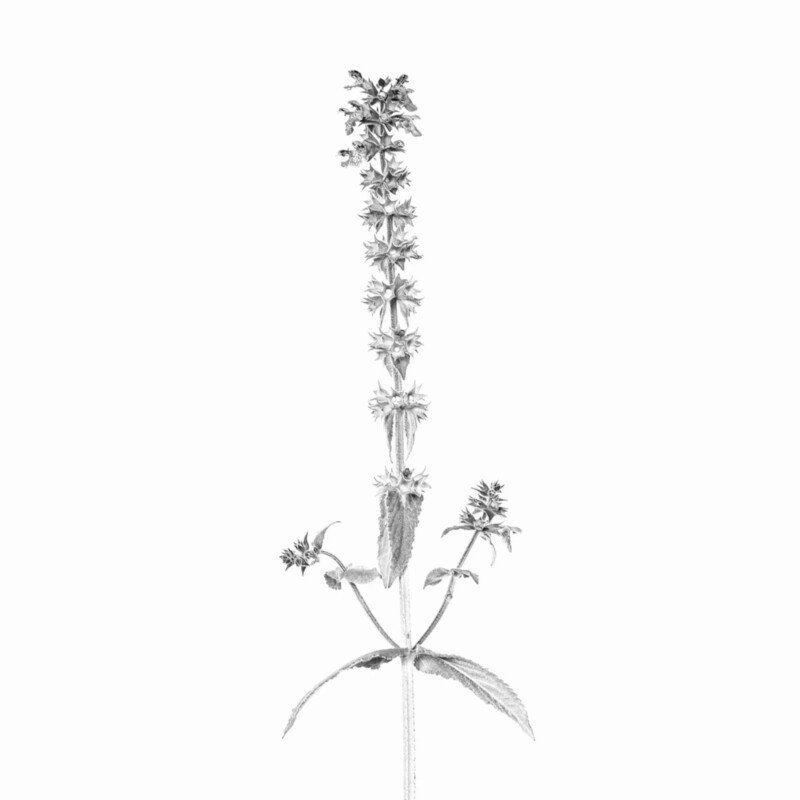
While his spiritual forefathers were scientifically inclined, Conrad says he’s more interested in the aesthetic beauty behind “the little things around us.” That said, he admits that as he’s undertaken the project, he’s become “nerdy” and learned to “geek out” about things concerning plants he would never have thought about before.
“Almost all subjects have their own quirks when you try to arrange them into a pose you like to shoot them. Some of them bend, so you must shoot them upside down, others have to lay flat, there are the ones that move with every slight breeze, and others are not in balance and trying to constantly fight you in a vase. So you have to clamp them down somehow, and there are also some subjects you have to prep and dry or dry-press for weeks before you can even think about photographing them,” Conrad explains, describing some of the challenges of working with his subjects.
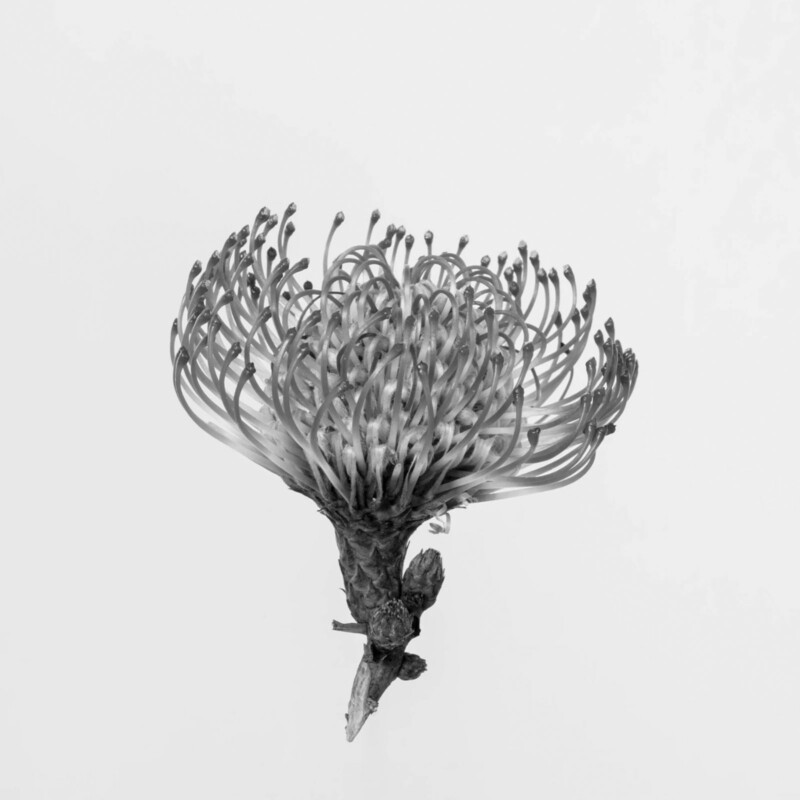
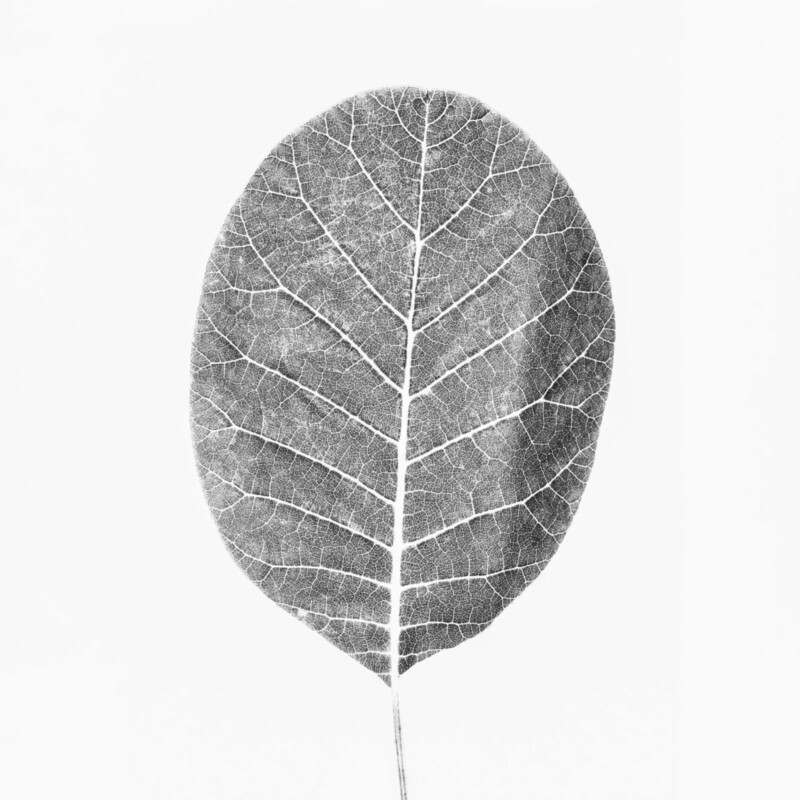
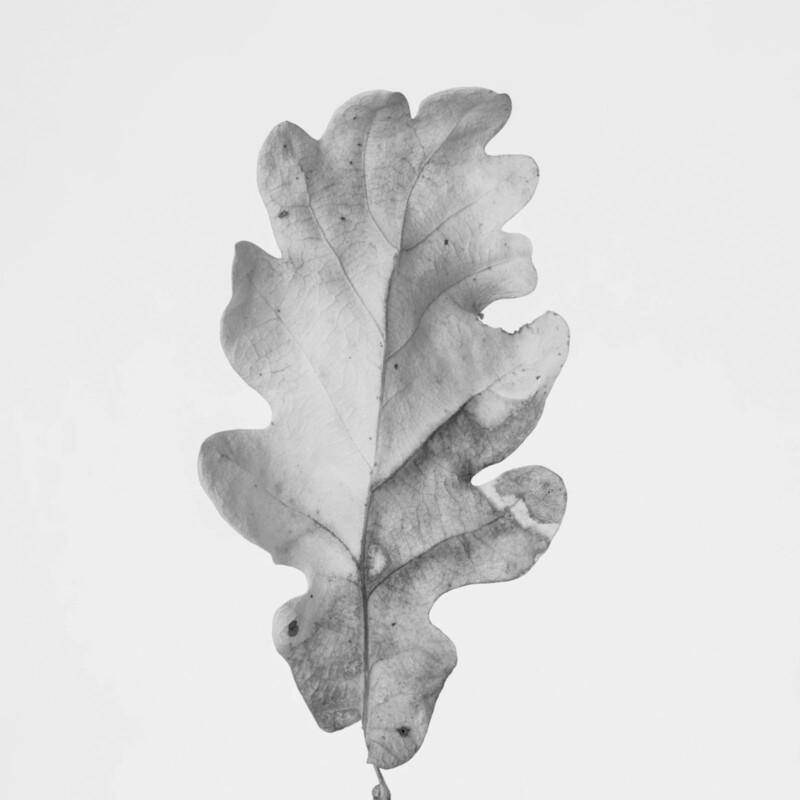
Some of the more challenging subjects are those with three-dimensional qualities, such as spikes and round bits. Conrad needs to determine which parts must be in focus and which areas of a subject may benefit from a bit of softness.
Even in cases where not everything should be tack-sharp, focus stacking is a significant part of his process. In some cases, he can capture 50 to 70 shots of a single subject. While not every image necessarily is part of the stack, that’s a significant group to work with when creating a single final photo.
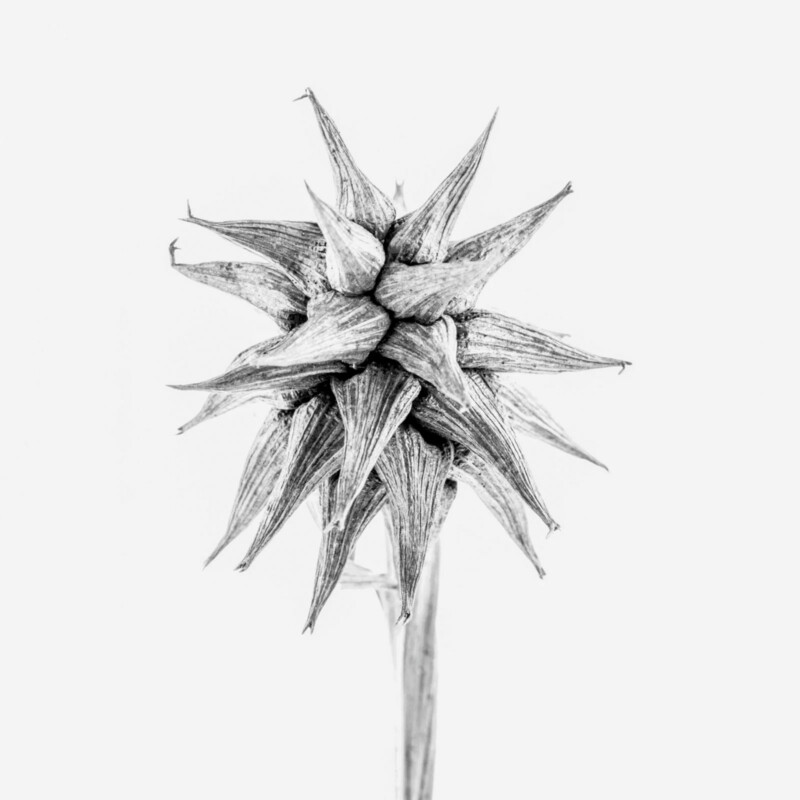
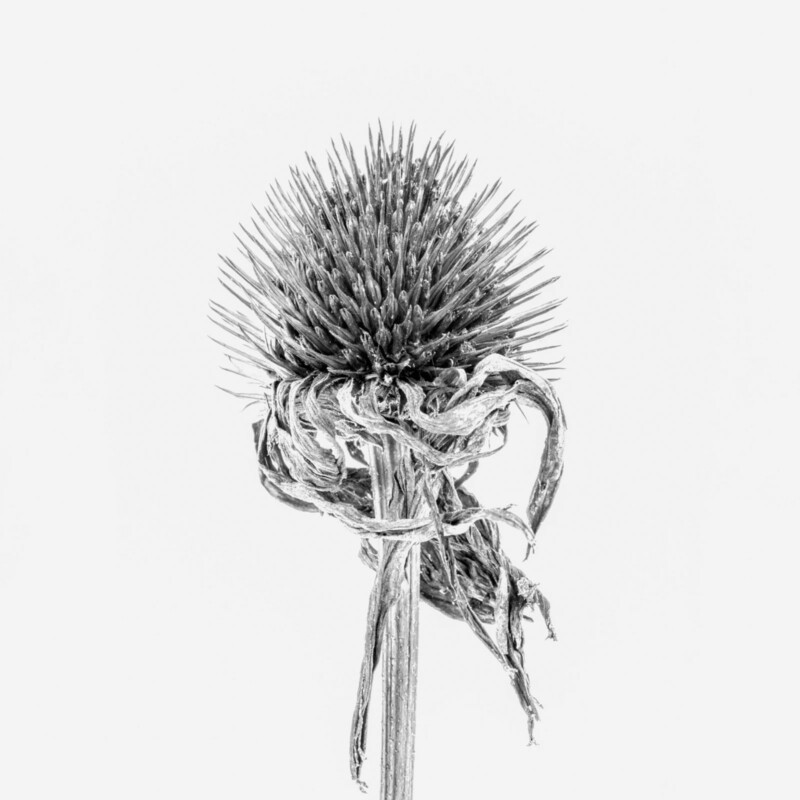
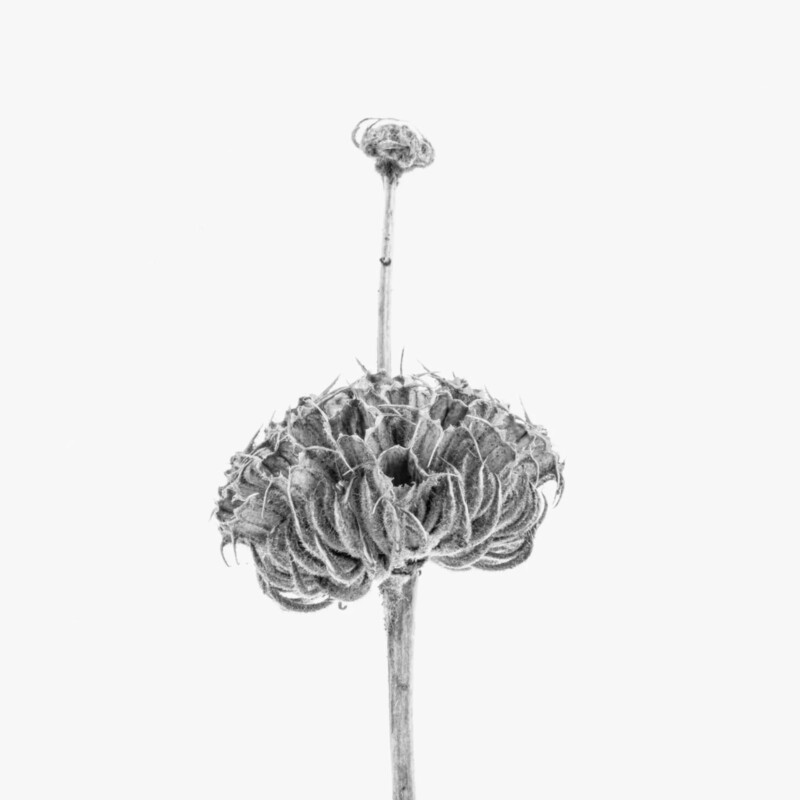
A Motley Group of Gear
When he started his project, Conrad worked with a popular and classic combination, a Canon EOS 5D Mark III and EF 100mm f/2.8 Macro lens. Following commercial product and food photography projects, his collection of gear grew, and he added other lenses like a Canon EF 50mm f/2.5 Macro, a Zeiss Milvus 50mm f/2, Sigma 50mm f/1.4 Art, and a Sony 90mm f/2.8 Macro.
As for his lights, Conrad started using many lights, upwards of five separate flashes with large softboxes. Over time, he determined that the results were a bit too bright and sterile, so he moved to a wholly natural light setup.
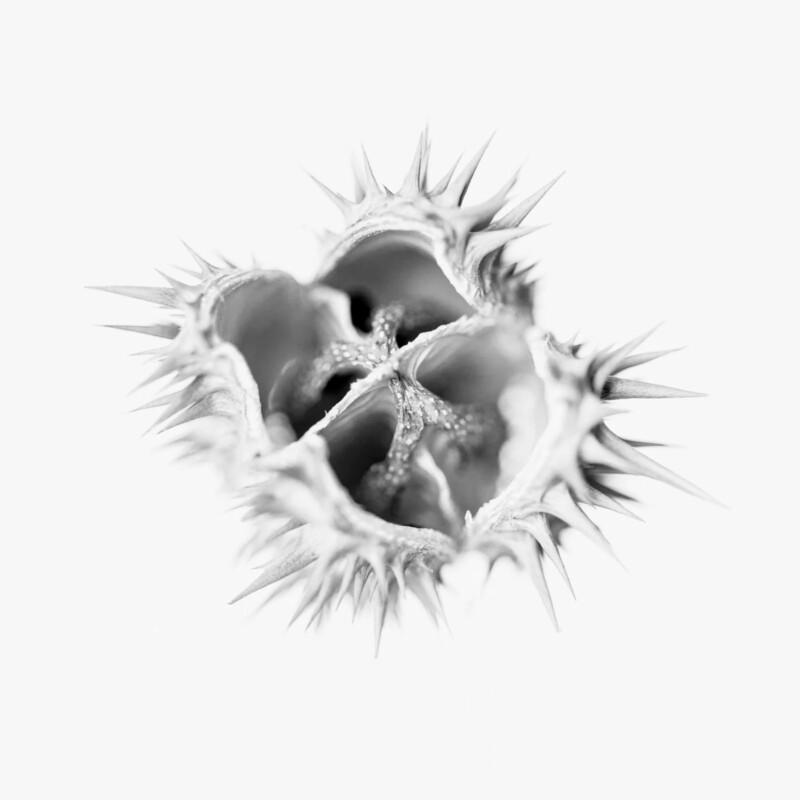
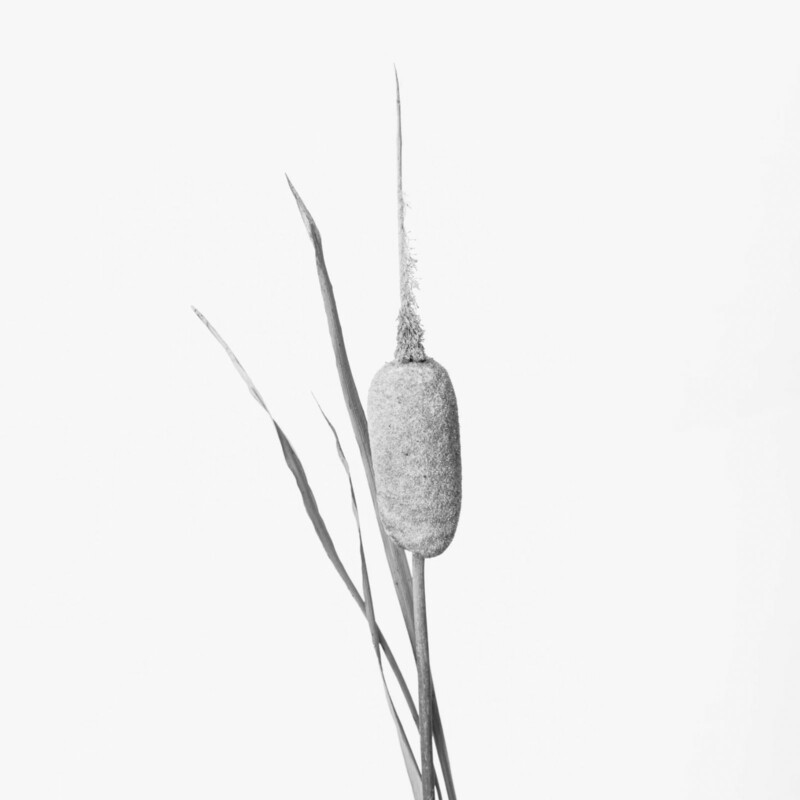
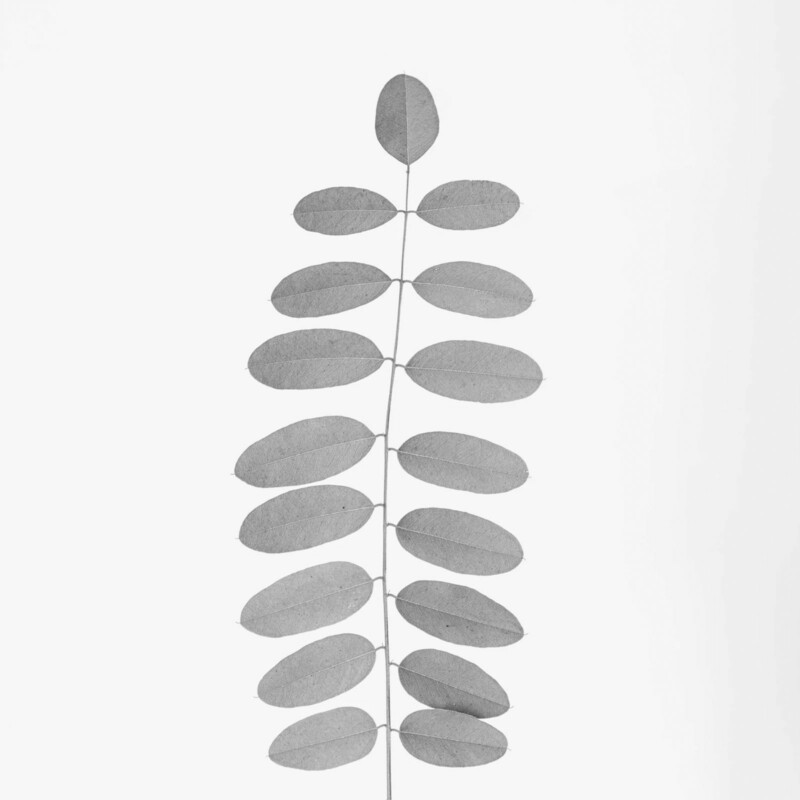
“Now, I’m happy to say I don’t use any artificial light at all. I built a tabletop solution with a u-shaped white passe-partout/matt paper. The same paper is on the table itself. It was important to find something I could replace when it gets dirty. The whole setup is about 120cm wide and 90cm deep. The setup is positioned close to a large window as the main light source. That gives me all the space I need for the shooting positions I need so I can shoot frontal and from above,” Matthias tells PetaPixel.
Comparing and Contrast ‘Botanical Studies’ with Conrad’s Other Photography
Matthias Conrad has a lot of beautiful photographs on his website, but Botanical Studies stands out a bit due to its distinct appearance and style. While some of Conrad’s black and white photography is also minimalist, it’s not as minimalist as Botanical Studies.
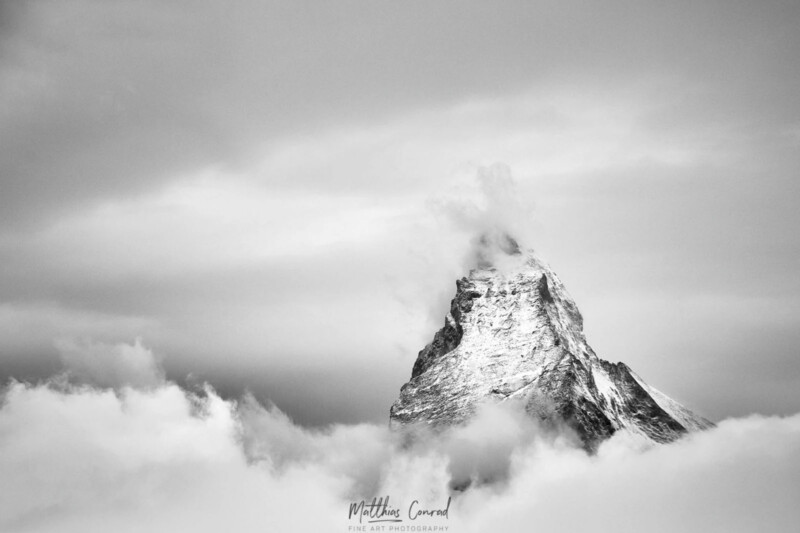
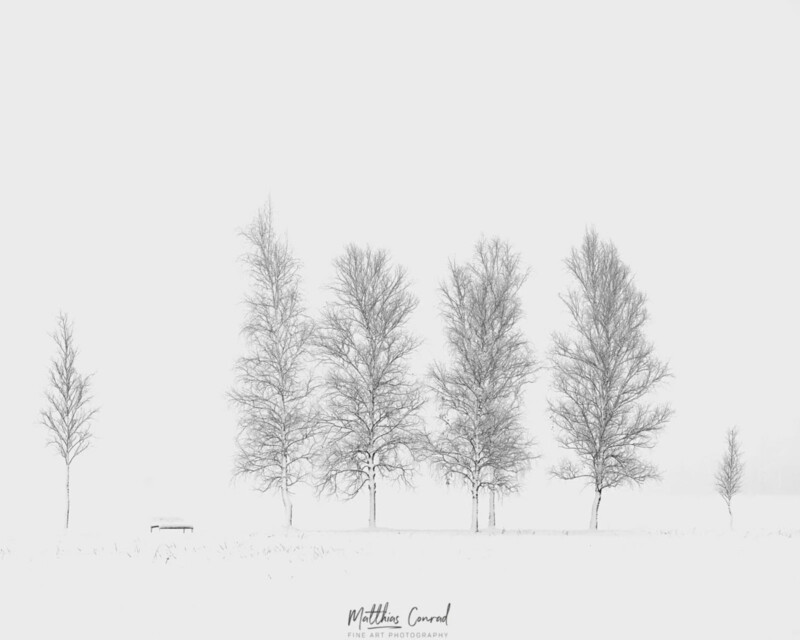
That said, while working in a studio environment is different than being out in nature, Conrad’s thought process concerning composition and visual style is not so dissimilar.
“In the Alps you can spot a lot of very minimalistic motifs alongside very powerful mountain scenes. Some scenes are screaming minimalism at you as others keep your brain busy with observing for a while to actually find a composition. When the weather is changing, you often can see cloud formations with strong winds rolling over the mountaintops — I personally love such changing conditions, and I’m using often a telephoto lens for finding details in the chaos,” Conrad says.
“I think the approach to my minimalistic black and white (winter) landscapes is very similar to my botanical studies project, except you as the photographer have to move around to find the best composition instead of turning your subject on the table and you have to bring a lot of patience along with a portion of luck for the right conditions,” he adds.
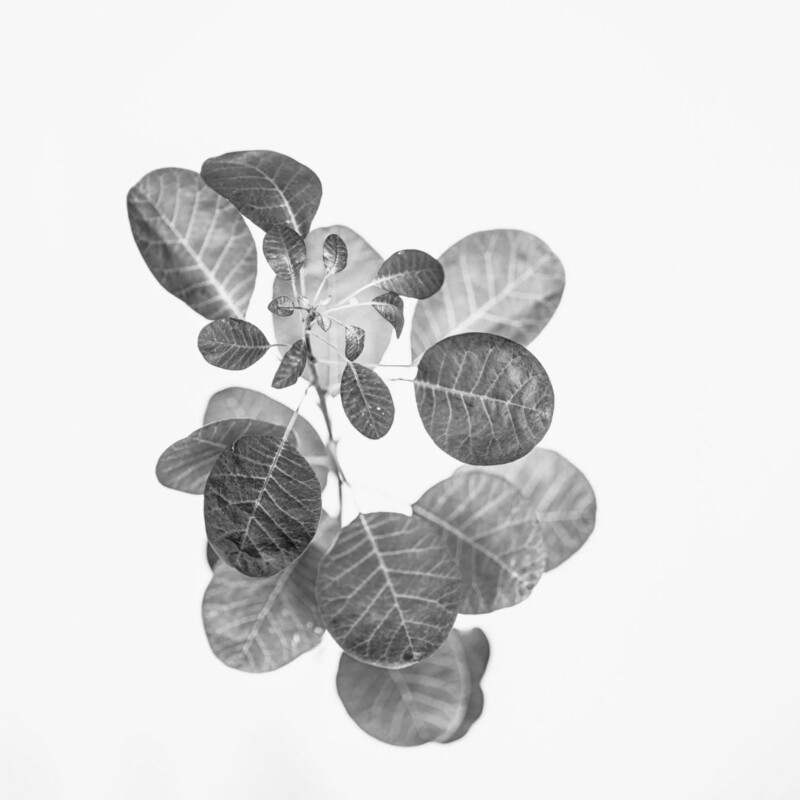
Within Conrad’s portfolio, there are also close-up, abstract images of some leaves in nature. While very different in overall look and feel, it’s interesting to see the overlap in subject choice.
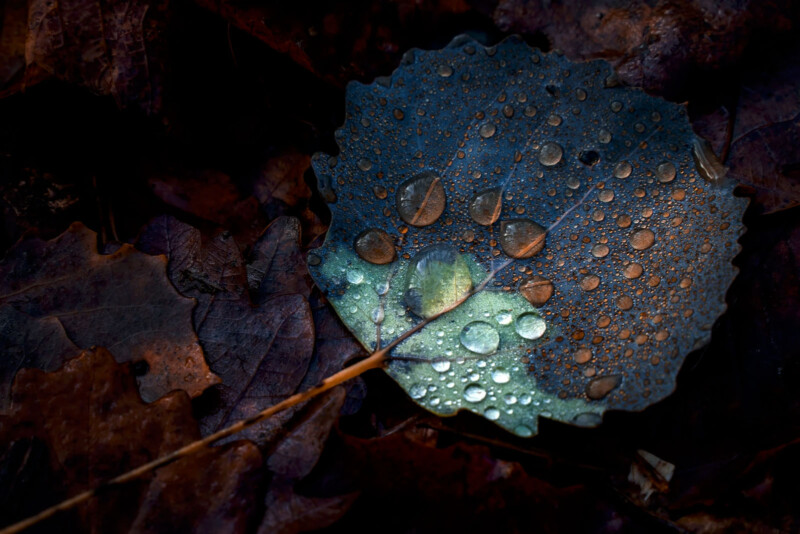
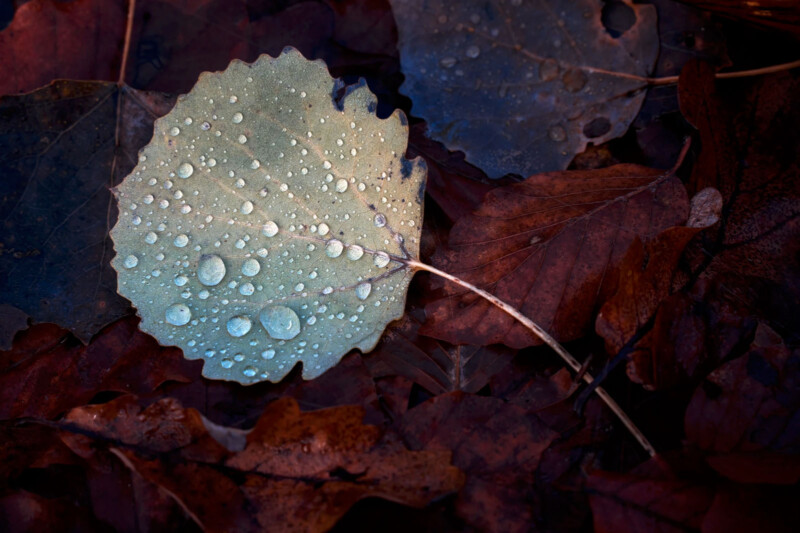
As it happens, these images are a direct result of Botanical Studies. Conrad was out looking for new subjects and he decided to take images out in the field.
“During such a hike in the woods, I saw the fine droplets and decided to photograph them right on location. After editing those images in Lightroom, I decided to go with color images. On one leaf, the droplets almost looked like liquid copper. A few days the first frost occurred, and a few days later I got super lucky with a sudden drop in temperatures to -15°C and black ice forming on the lakes with wild and almost alien looking structures made of hoarfrost. Again, the colors were too good to ignore and in the end, the images I selected worked pretty well as a mini-series,” Conrad says.
There’s also a compositional overlap between Botanical Studies and some Conrad’s architectural photography, which is minimalist and highly technical. These images, like those in Botanical Studies, heavily rely upon strong geometry and shapes.

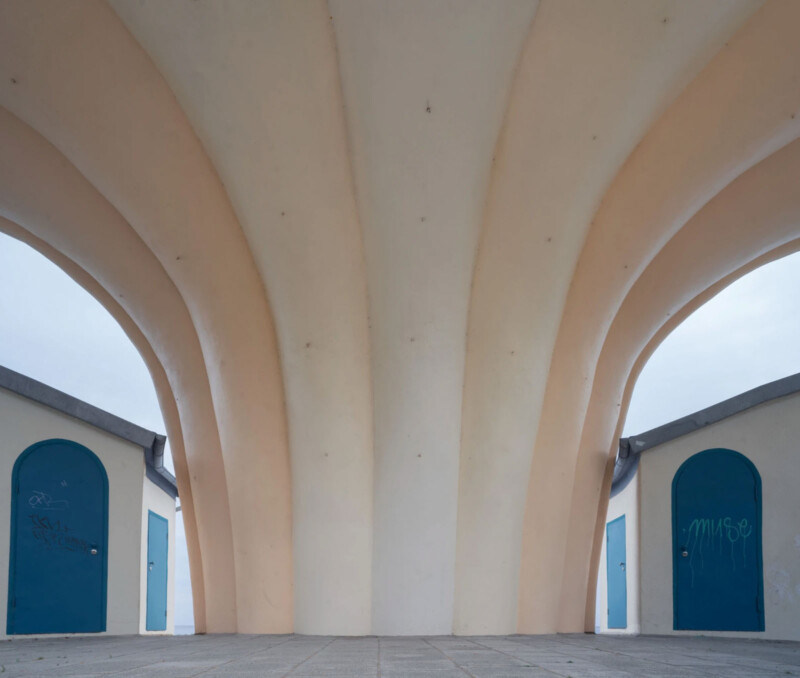
When asked if there is a connection between Botanical Studies and his architectural photography, Conrad replies, “Absolutely. My interest for modern architecture developed back at my time at the university. In very close proximity is the city of Weimar located. As I’m fascinated by the Bauhaus movement (art, architecture, industrial design, and photography), which has formed and was founded in Weimar in the early 1900s, I visited Weimar a lot. So, I would say my love for details and geometric shapes or patterns was initially coming from architecture and industrial design and shaped my idea for my Botanical Studies project. Maybe with photographing architecture, a goal is to capture the essence of a building or a detail and the same idea can be applied to the botanical studies — it’s like capturing their essence too.”
Photographic Goals
Matthias Conrad hopes to revisit some of his favorite places in the Swiss Alps this year and scout new locations for his one-on-one workshops. He is also in the early stages of planning a road trip to northern Norway next year, which will undoubtedly result in some beautiful landscape and nature photos.
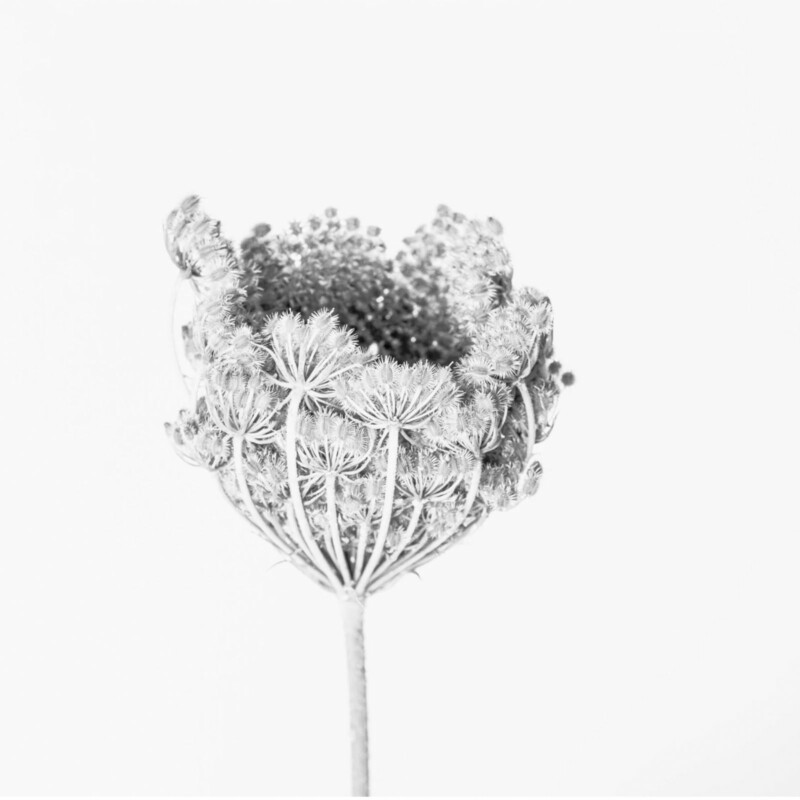
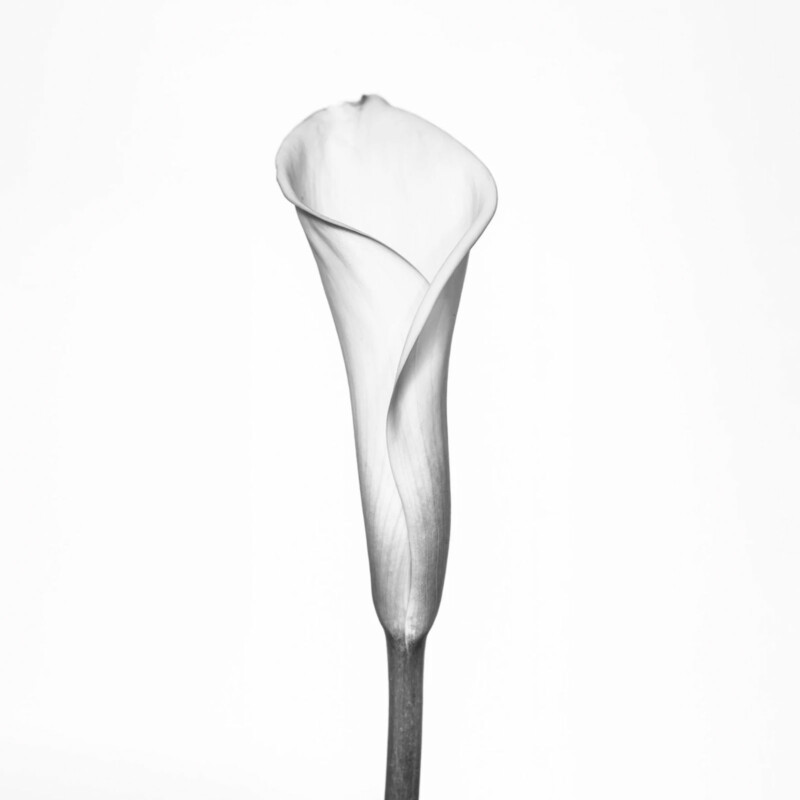
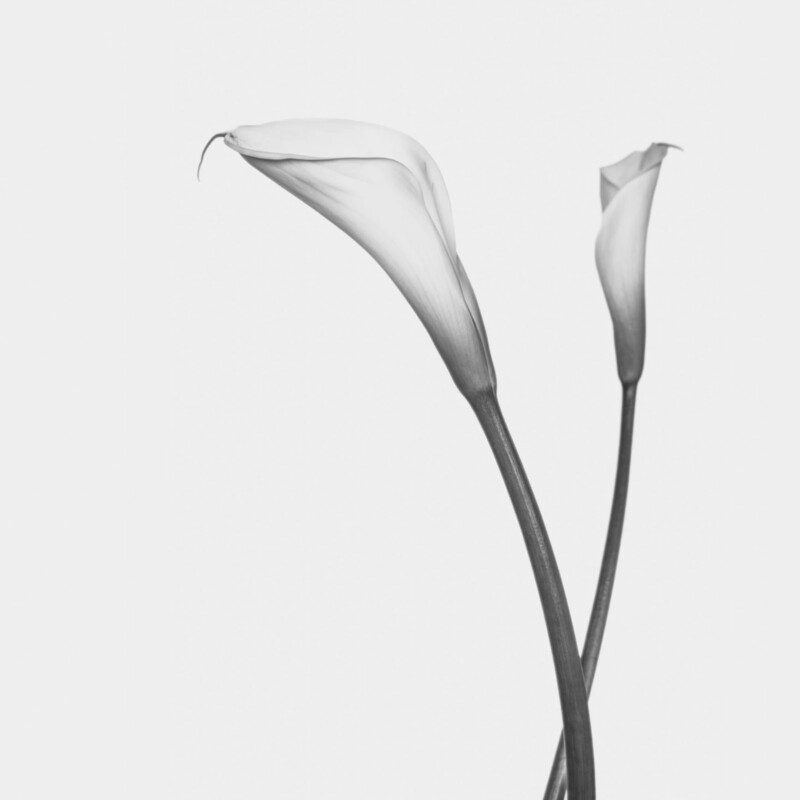
Conrad also tells PetaPixel that he has become excited about printing and enjoys trying new papers. Although Conrad recently added new lenses to his kit, he says buying a printer last year was one of his best gear-related decisions ever. “Printing your own work is such a great experience,” he adds.
“My long-term goal is to stay curious and creative. I’m looking ahead to where my projects will lead me and what kind of coincidences are along the way,” Conrad says. In the short term, he hopes to grow more as a photographer and make new connections with fellow shutterbugs. On that note, people can connect with Conrad on his website and Instagram.
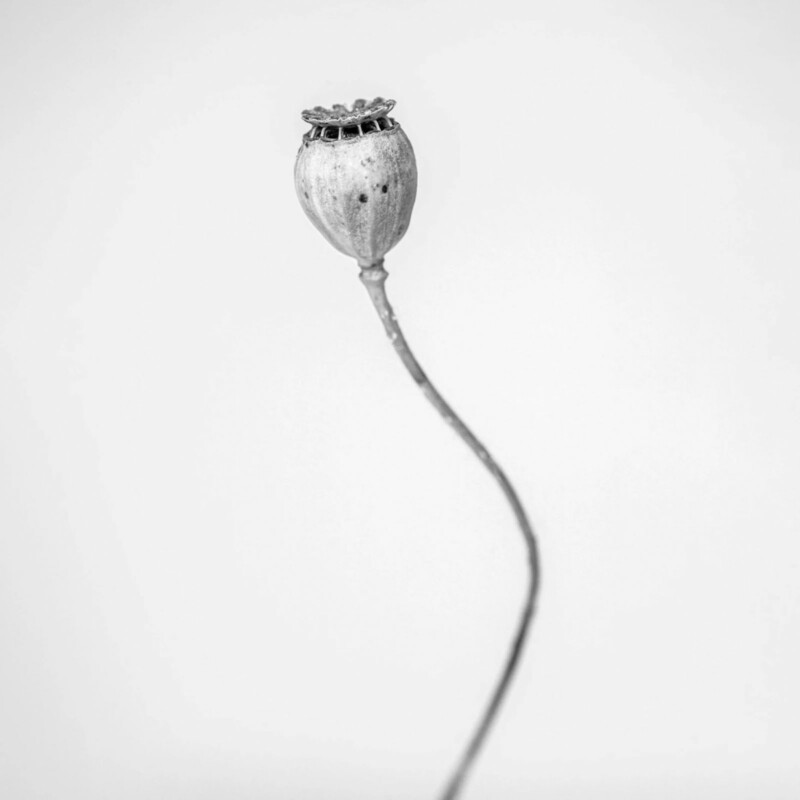
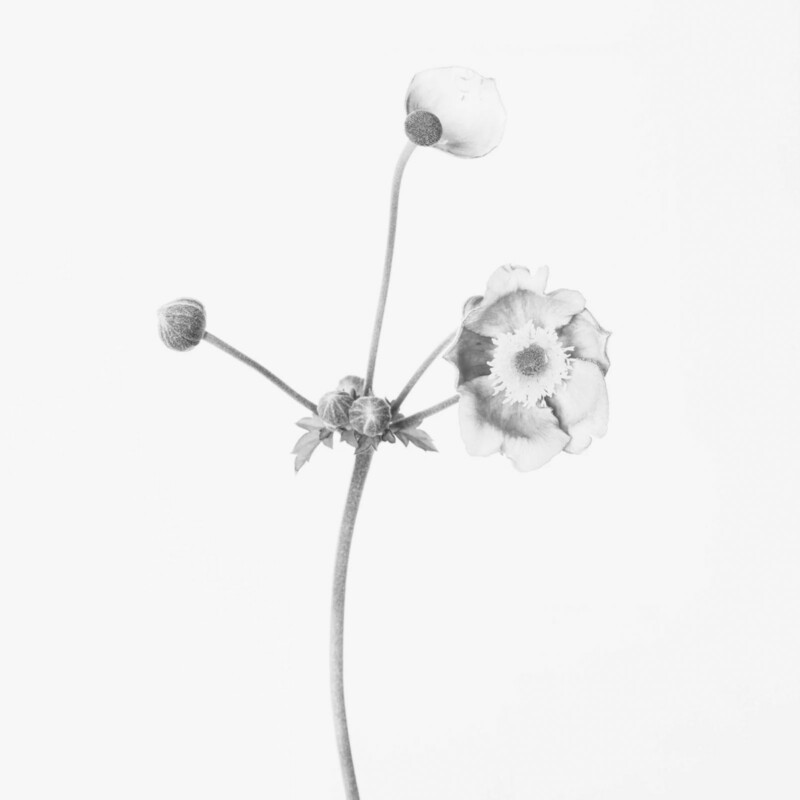
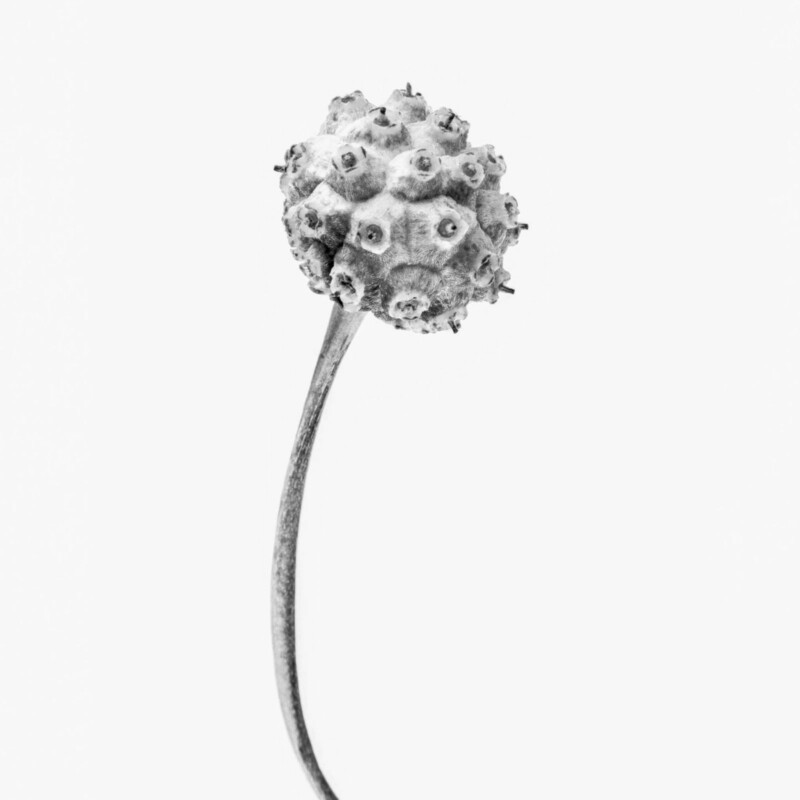
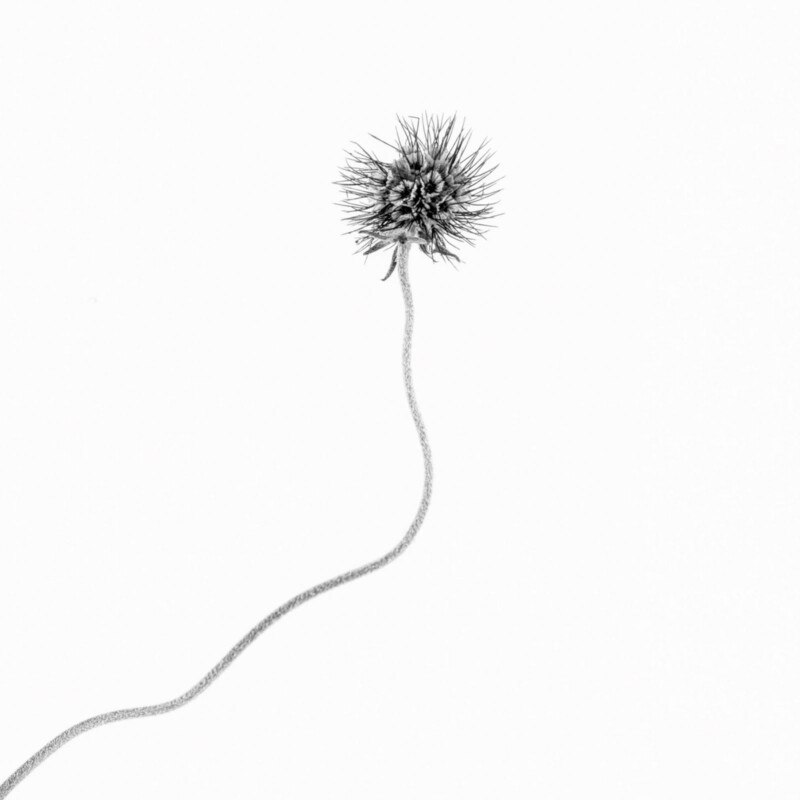
Matthias Conrad also operates an online store where he sells limited editions of his work, including square prints from Botanical Studies.
Image credits: All images © Matthias Conrad, unless otherwise noted